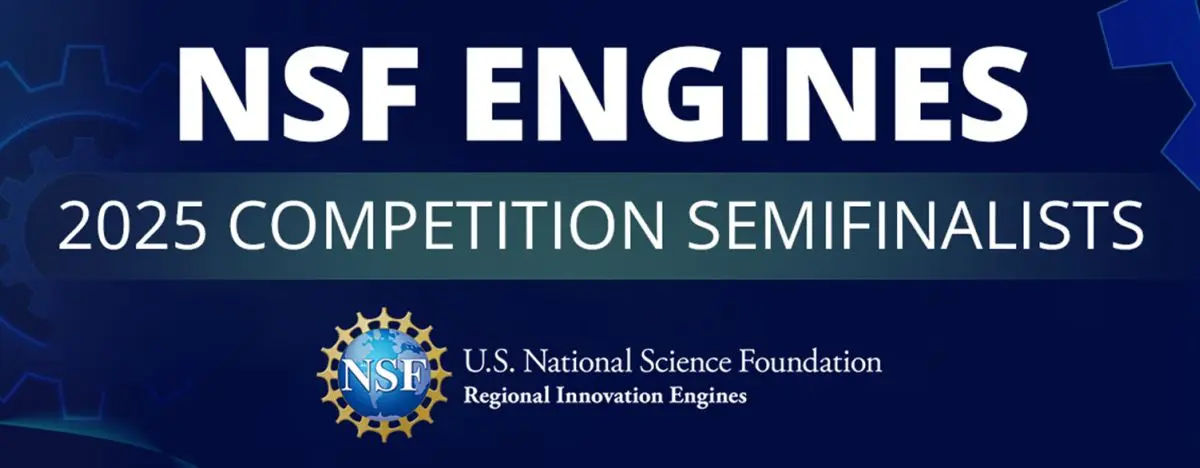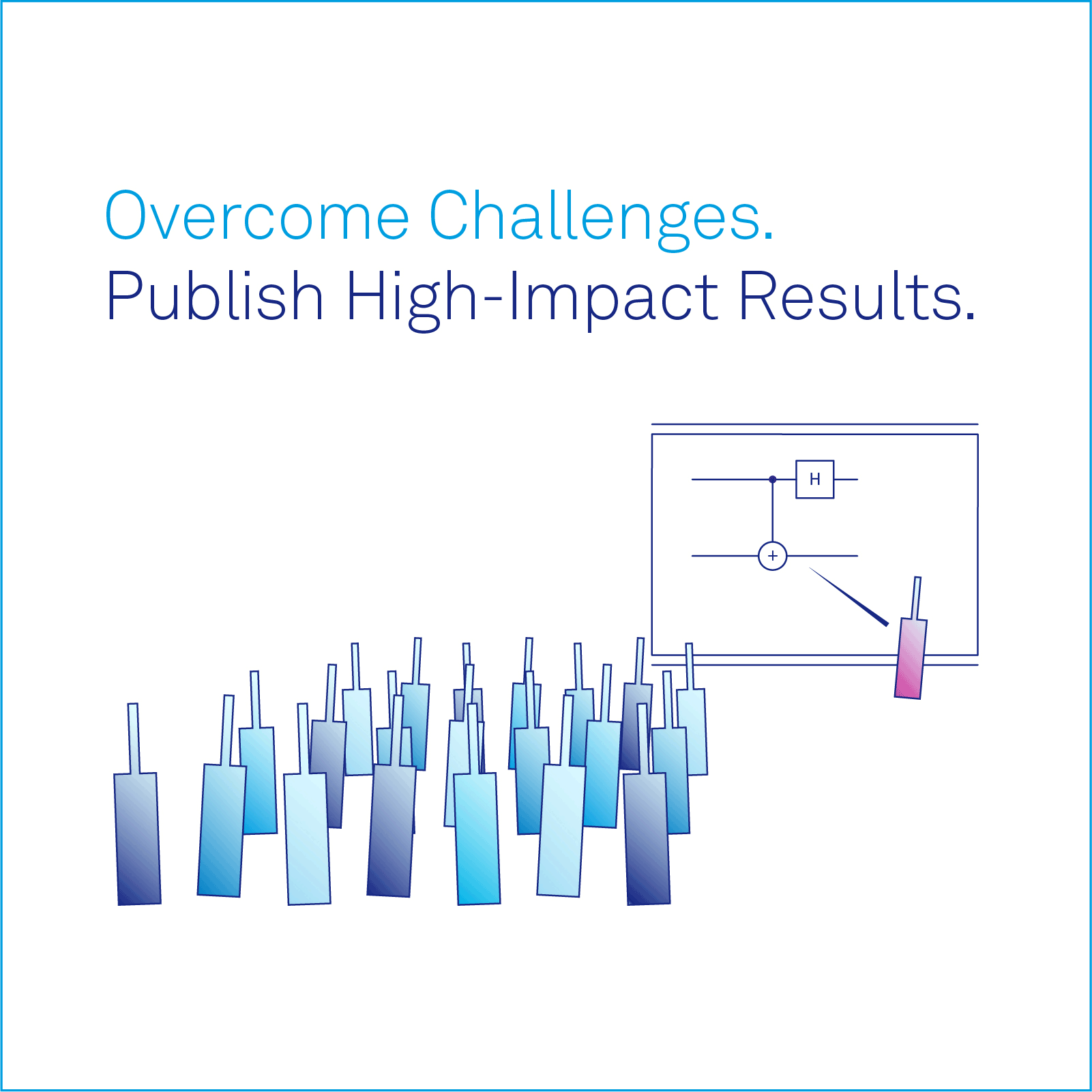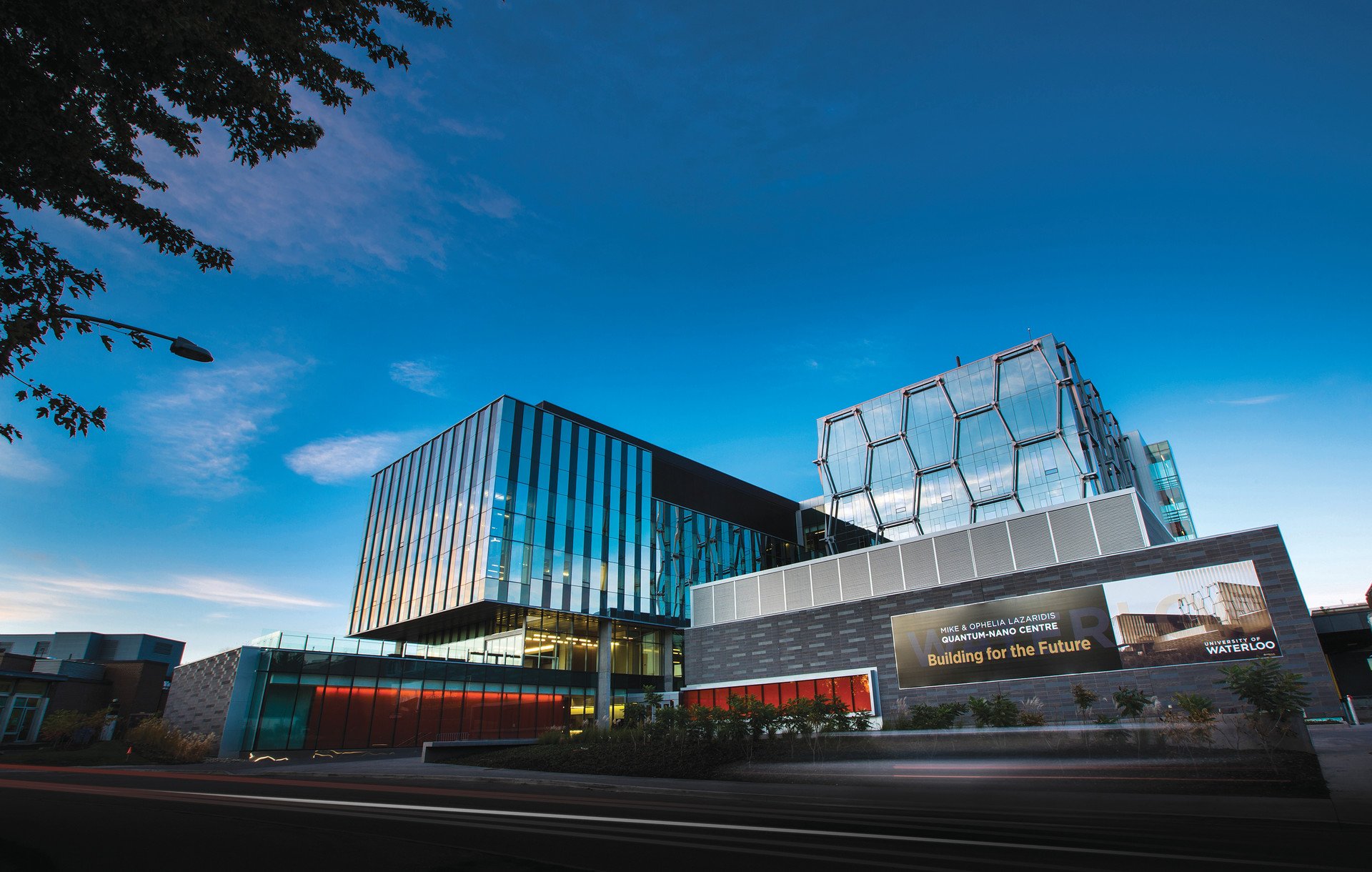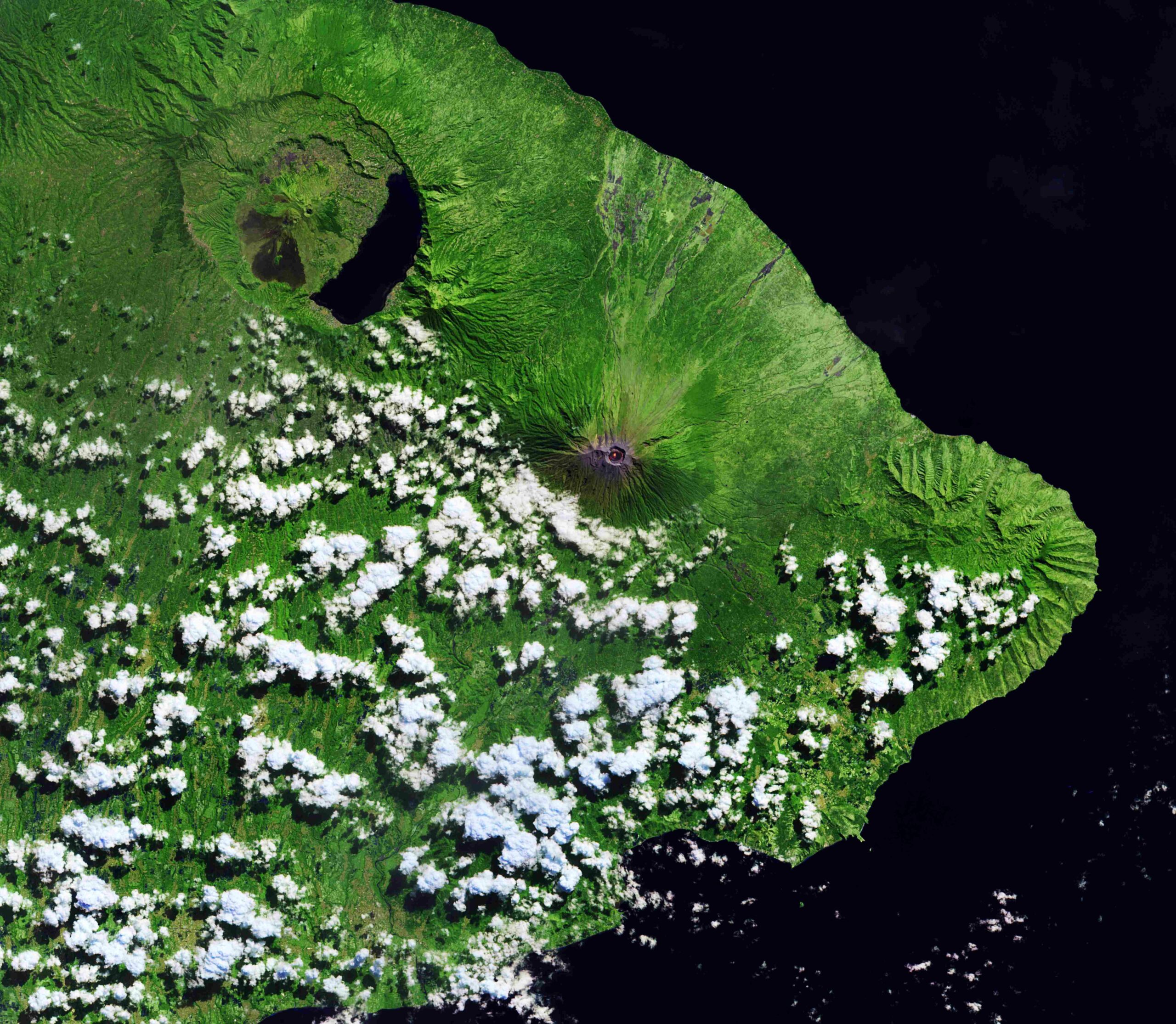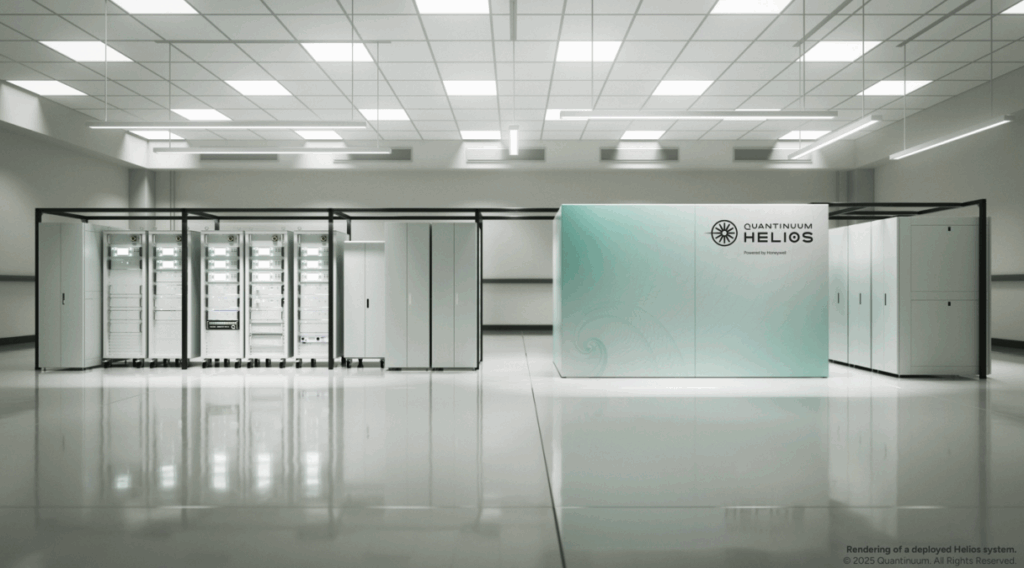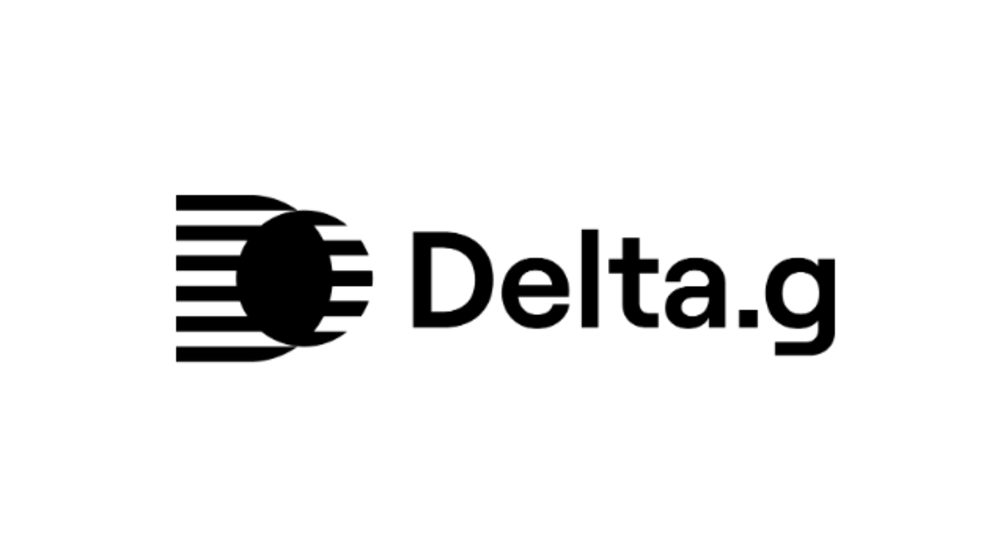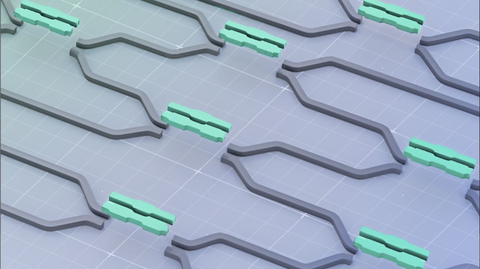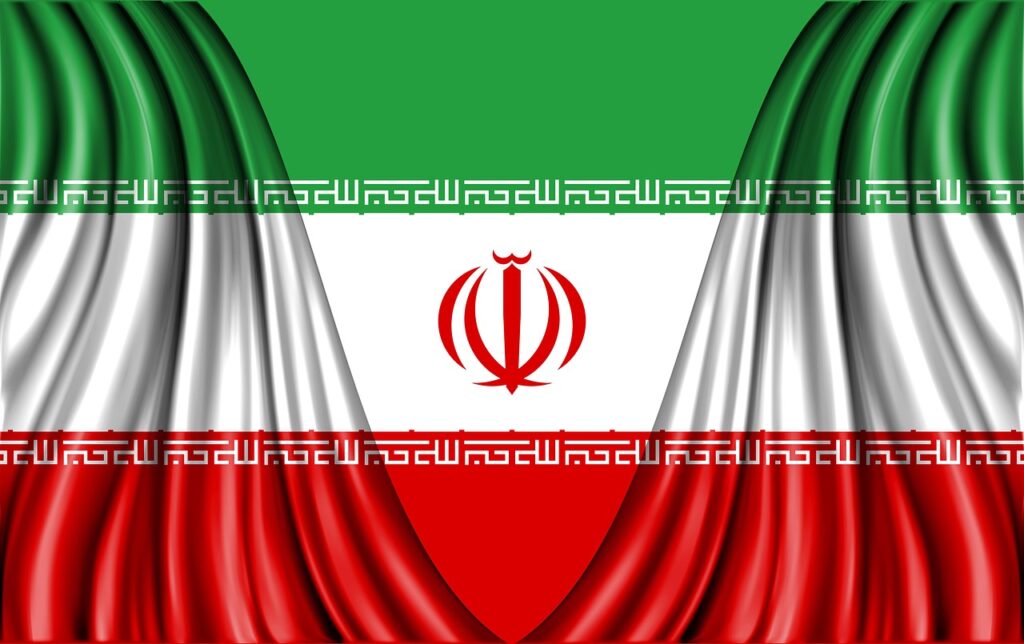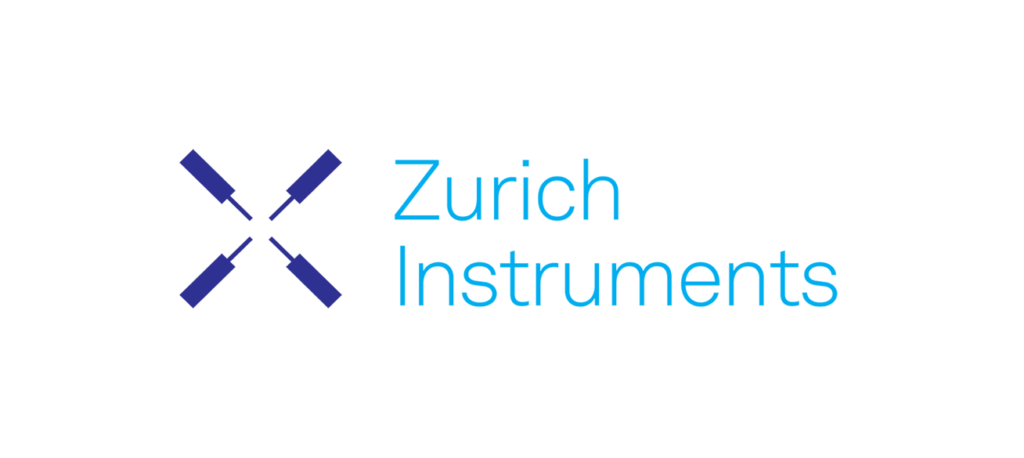Insider Brief
- The U.S. National Science Foundation has selected 29 semifinalists for its second NSF Regional Innovation Engines competition, focused on advancing critical technologies through regional coalitions.
- Among the semifinalists are three quantum-focused teams: QuantumCT (University of Connecticut), Quantum Connected (University of Chicago), and the New Mexico Quantum Moonshot (Elevate Quantum).
- The NSF Engines program aims to boost U.S. competitiveness by supporting innovation ecosystems across diverse regions, with finalists to be announced in early 2026 following live virtual assessments.
- Image: NSF Engines 2025 Competition Semifinalists Banner (U.S. National Science Foundation)
PRESS RELEASE — The U.S. National Science Foundation Regional Innovation Engines (NSF Engines) program announced the 29 semifinalists advancing to the next stage of the second competition – spanning critical technologies and applications ranging from energy grid security to maximizing the yield of critical minerals mining to advanced optical sensors. The semifinalist teams, many of whom have been building their regional coalitions for a year or longer, are led by universities, nonprofits, private industry and other organizations from across the United States.
The list includes three quantum information and sciences teams including:
- NSF Engine: Advancing Quantum Technologies (QuantumCT) with the University of Connecticut as lead organization and S. Pamir Alpay as the principal investigator.
- NSF Engine: Quantum Connected with the University of Chicago as the lead organization and David Awschalom as the principal investigator.
- NSF Engine: The New Mexico Quantum Moonshot – Grand Challenges for US National & Economic Security with Elevate Quantum as the lead organization and Zachary Yerushalmi as its principal investigator.
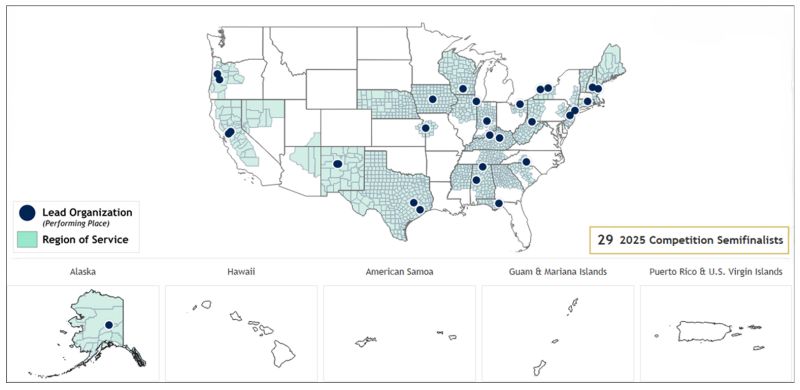
“This outstanding cohort of semifinalists clearly demonstrates that America’s technology competitiveness will depend as much on expanding our ability to unlock innovation capacity in every part of our country — from the rural plains and western ranges to cities with rich industrial and manufacturing legacies — as it will on advancing the technologies themselves,” said Erwin Gianchandani, NSF assistant director for Technology, Innovation and Partnerships (NSF TIP). “Each team was selected because it brought strong public and private partners to the table and outlined a promising vision for research, innovation and workforce development in their respective regions of service, thereby advancing U.S competitiveness, national security and economic growth.”

The NSF Engines program is beginning to see the fruits of the nation’s investment in the inaugural NSF Engines over the last two years. To date, the program has seen a tenfold return on taxpayers’ dollars — an initial investment of $135 million across nine NSF Engines has garnered more than $1 billion in matching commitments from private industry, philanthropy and state and local governments.
Now this second wave of NSF Engines will soon follow the initial investments, shoring up innovation ecosystems in new regions across the U.S. The NSF Engines are transformational for the nation, helping ensure the U.S. remains globally competitive in key technology areas for decades to come. Of note, this cohort of semifinalists includes 17 NSF Engines Development Awards teams who received two-year planning grants in 2023 and early 2024 that they leveraged to help build coalitions and refine visions for dynamic innovation ecosystems within their regions.
In early summer 2024, NSF received nearly 300 letters of intent (LOI) in response to the second NSF Engines funding opportunity, an initial step required to demonstrate interest in applying for the program. NSF published data from the LOIs to encourage proposers to create regional teams and potentially collaborate before the preliminary proposal deadline in August 2024. From the teams that submitted a preliminary proposal, NSF selected 71 to advance to the next round of competition and submit a full proposal by the spring 2025 deadline. From those, NSF selected 29 teams to advance to the next round of competition through a merit review process that engaged panels of external experts.
During the next stage, NSF will conduct live, virtual assessments of the semifinalist teams to gain further understanding of their regional coalitions, the alignment of their proposed leadership teams and core partners, and their visions for research and development (R&D) as well as translation. NSF will select the finalists for the NSF Engines program following these assessments. NSF anticipates announcing the final list of NSF Engines awards in early 2026.

